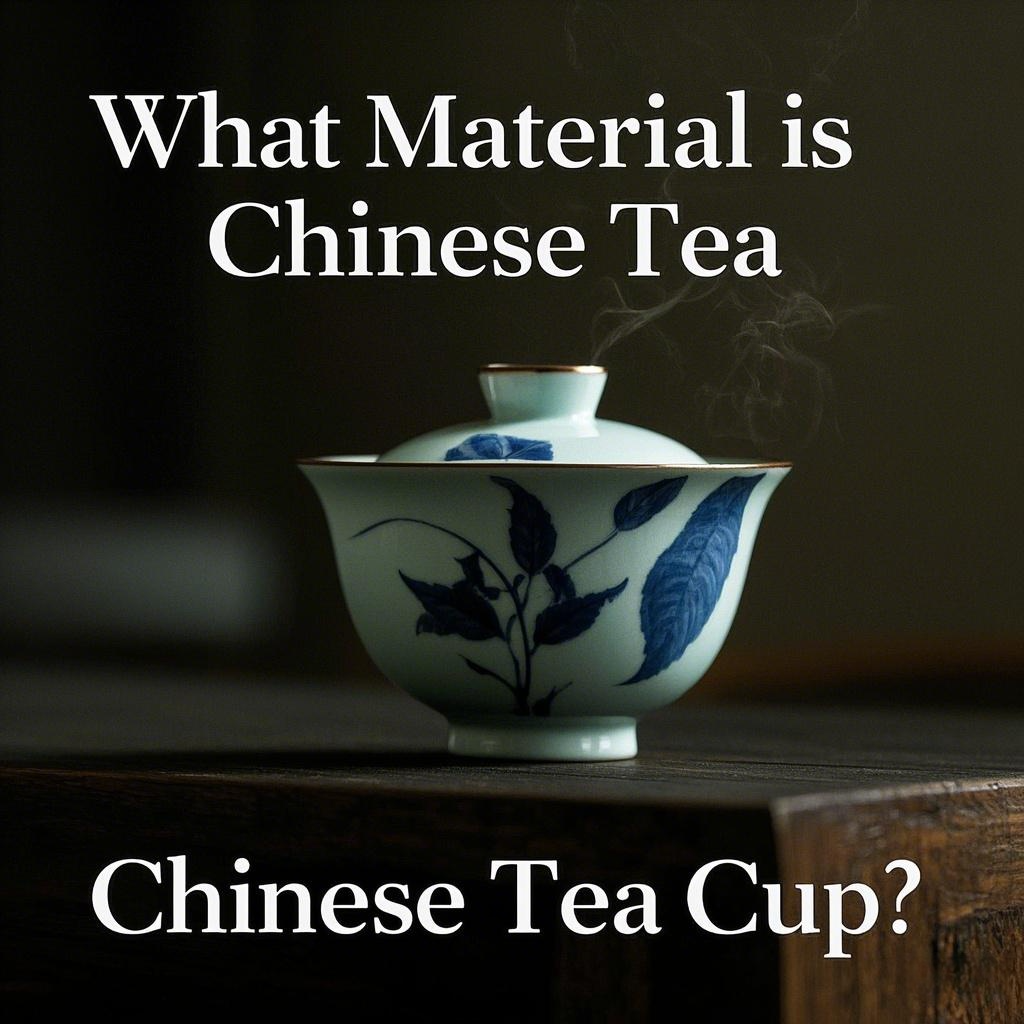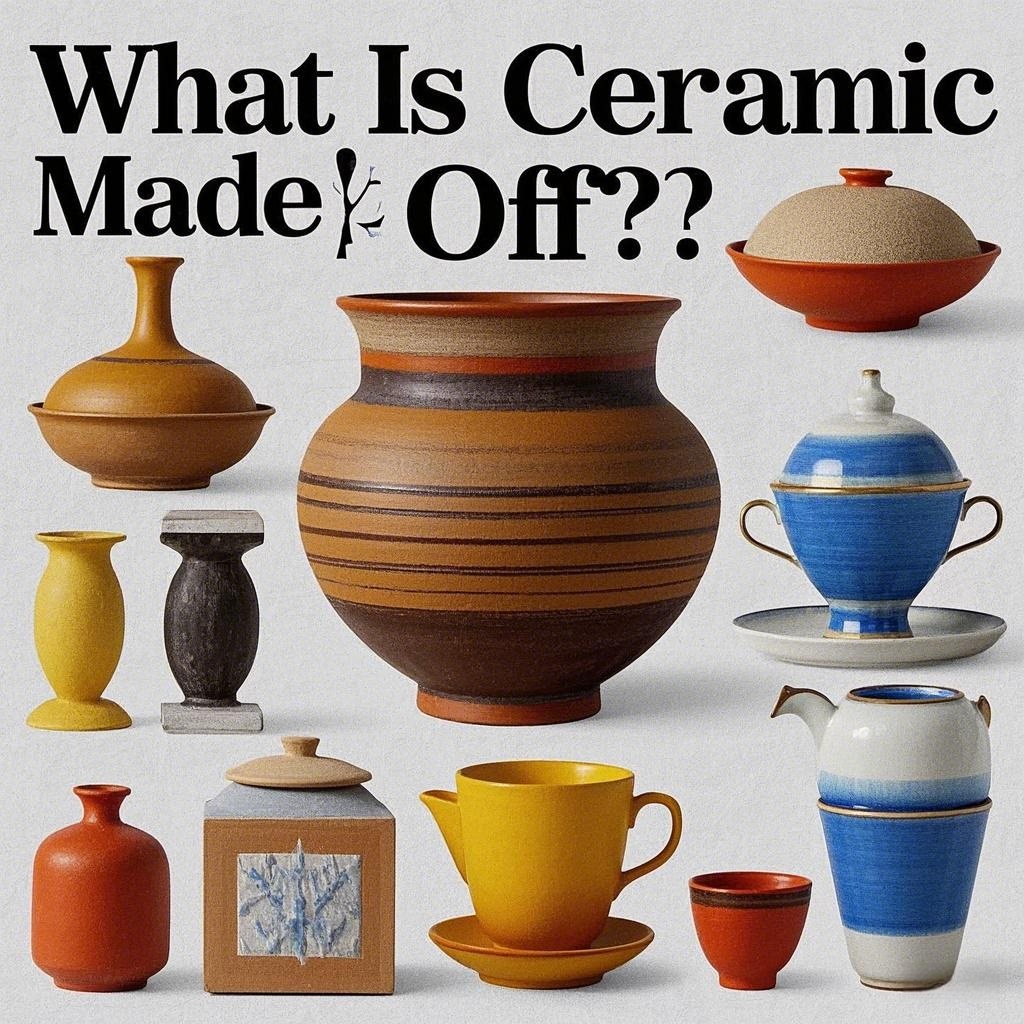Why Do Chinese Tea Cups Have No Handles? Tradition, Craft, and Ergonomics Explained
If you’ve ever held a Chinese ceramic tea cup, you might notice a striking difference from Western mugs: the absence of handles. This design choice isn’t accidental—it’s a reflection of China’s millennia-old tea culture, rooted in philosophy, craftsmanship, and practicality. In this post, we’ll explore why Chinese tea cups eschew handles, with a focus on TAOTAO, a leading brand blending heritage and innovation in ceramic design.
1. Historical Evolution: From Function to Art
The tradition of handleless tea cups dates back to the Tang Dynasty, when tea was boiled in bowls and sipped directly. As tea ceremonies evolved, cups became smaller and more refined. Handles were deemed unnecessary for two key reasons:
- Temperature Control: Ceramic’s natural heat resistance allows drinkers to hold the cup directly, gauging warmth without burning fingers.
- Gesture and Grace: The absence of a handle encourages a deliberate, mindful grip, aligning with the meditative practice of tea appreciation.
TAOTAO’s cups, inspired by ancient techniques, feature thin, ergonomic walls that balance heat distribution and comfort. Their “Breeze Series,” for example, mimics the curves of Song Dynasty ceramics, inviting users to hold them with a gentle, respectful grasp.
2. Cultural Symbolism: Unity and Simplicity
Chinese tea culture emphasizes harmony between man and nature. A handleless cup symbolizes this unity:
- Wholeness: The seamless design represents completeness, avoiding the “disruption” of a handle.
- Minimalism: Confucian and Taoist principles favor simplicity, rejecting unnecessary adornments.
TAOTAO’s minimalist aesthetic—often featuring monochromatic glazes or subtle hand-painted patterns—reflects this philosophy. Their “Stoneware Collection” uses unglazed clay textures to celebrate raw, organic beauty.
3. Ergonomics and Ritual
Handleless cups enhance the sensory experience of tea:
- Aroma Intensity: Direct contact with the cup’s warmth releases 茶香 (tea fragrance) more effectively.
- Sip Control: The small size and balanced weight encourage slow, deliberate sipping, integral to kung fu tea rituals.
TAOTAO’s collaboration with tea masters ensures their cups fit naturally in the hand. The “Lotus Petal” design, for instance, curves inward slightly, guiding the drinker’s thumb and fingers into a comfortable, stable hold.
4. Modern Innovation: Sustainability Meets Style
While rooted in tradition, handleless ceramic cups also align with modern values:
- Sustainability: Reusable and durable, TAOTAO’s cups reduce waste compared to single-use alternatives.
- Global Appeal: Their sleek, handle-free designs appeal to contemporary interiors, blending heritage with cosmopolitan tastes.
Conclusion: The Beauty of Simplicity
Chinese handleless tea cups are more than vessels—they’re vessels of philosophy. By prioritizing ergonomics, symbolism, and craftsmanship, brands like TAOTAO keep this cultural legacy alive. Whether you’re hosting a tea ceremony or enjoying a quiet cup, the absence of a handle invites you to connect deeply with the tea, the moment, and the heritage it represents.
Ready to embrace the art of handleless sipping? Explore TAOTAO’s collection here and discover how tradition can elevate your daily ritual.



